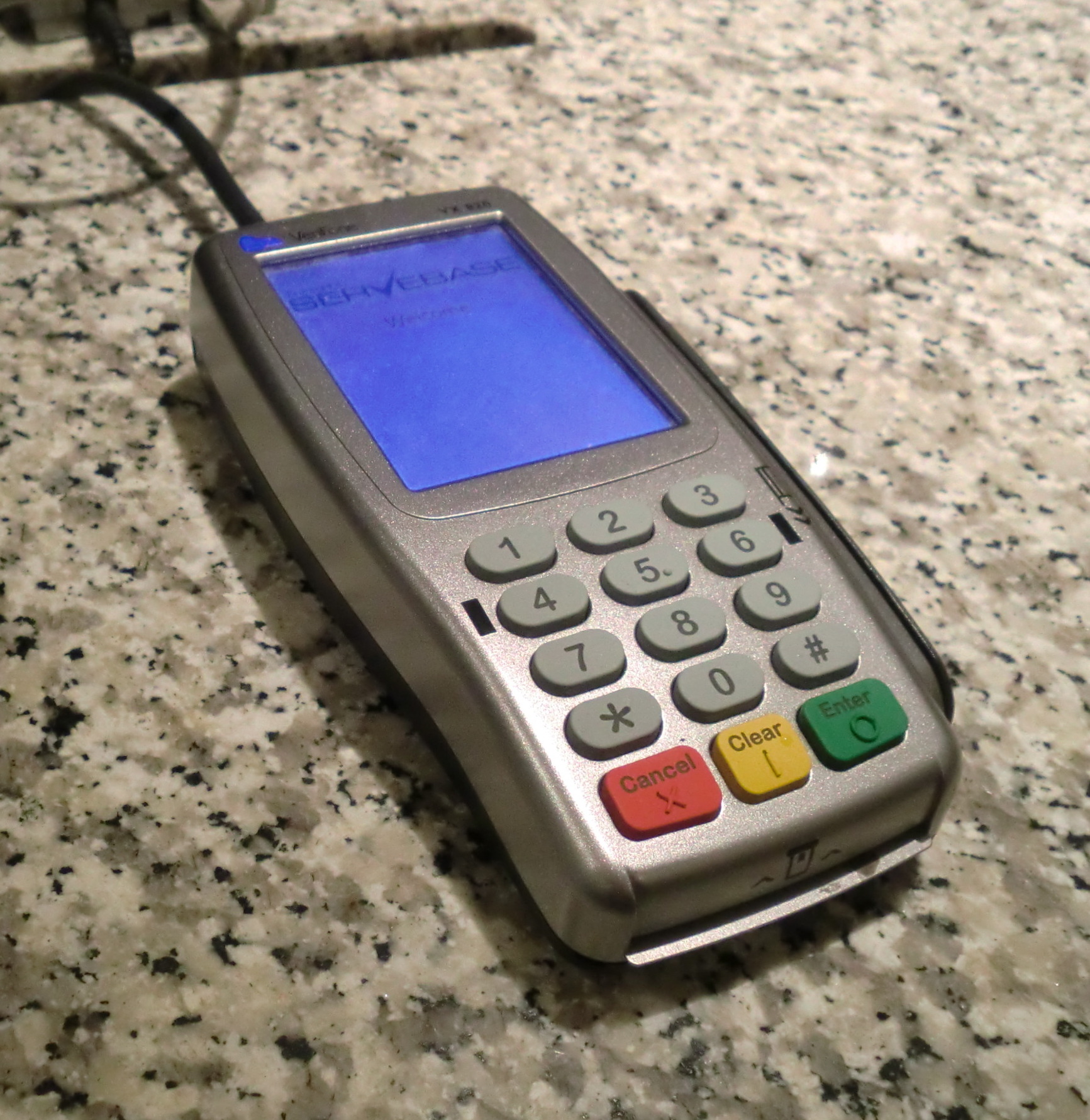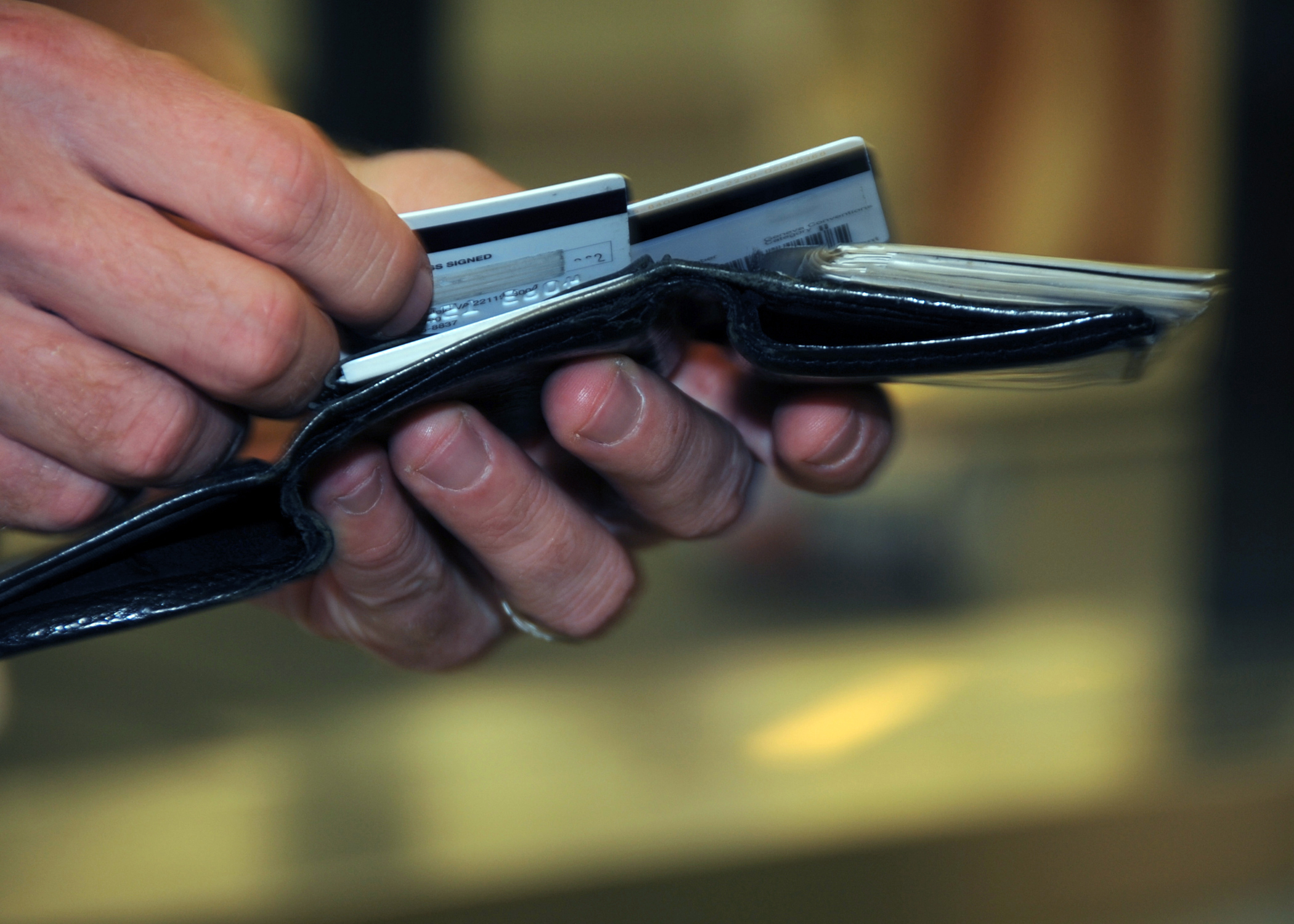I receive compensation for content and many links on this blog. Citibank is an advertising partner of this site, as is American Express, Chase, Barclays and Capital One. Any opinions expressed in this post are my own, and have not been reviewed, approved, or endorsed by my advertising partners. I do not write about all credit cards that are available -- instead focusing on miles, points, and cash back (and currencies that can be converted into the same). Terms apply to the offers and benefits listed on this page.
One Mile at a Time writes, prompted by the new Barclays card with transferable miles that he surmises banks are paying “somewhere around ~1.3-1.5 cents per airline mile when those points are converted.”
He gets there knowing that a bank really can’t rebate more than around 2 cents per dollar to a customer. That Barclays card will get you 1.4 miles per dollar spent with several currencies, and 1.3 – 1.5 cents per mile times 1.4 yields a cost of 1.8 to 2.1 cents on every dollar.
Not every point will be redeemed, there are other less expensive redemptions, so Barclays isn’t rebating a full 2.1% to each customer. However they incur other expenses to marketing and servicing the card, and card benefits while modest (Global Entry rebate, lounge access without free visits, etc.) aren’t free.
Lucky is clearly not far off. What he’s hitting on is that there’s an upper bound to what banks can possibly pay to reward customers. That’s based on their revenue which comes from interchange (merchant swipe fees when using the card to pay) and revolve (APR when customers don’t pay off their cards each month).

And we’re pretty much at a place where banks are paying as much as they possibly can at current rates for the rewards and benefits they’re handing out. A decade ago banks were earning bigger margins on rewards cards, paying less to frequent flyer programs for benefits and points. In recent years, especially since American Express lost Costco, the cost to banks has gone up.
A few things to add to this discussion.
- Based on American’s 2015 10-K AAdvantage sold miles at an average of ~ 1.23 cents per mile. The largest number of miles were sold to Citibank at a price less than that (since many buyers, including program members, paid a higher price and that’s an average).
- That was before the latest deal with Citi and Barclays, a deal which raised the price that banks pay per mile (and unfortunately AA is less forthcoming in their filings than they used to be). The average is certainly higher today, even though they sell miles direct to consumers for less.
- In co-brand deals what the banks pay a loyalty program isn’t only a cost per mile. They pay for instance for program benefits (eg checked bags), they pay for use of the program name, and they pay for access to the marketing channel. And these things are accounted for separately.
- Transferable points deals are a bit simpler. And we pretty much know based on information from United’s 10-K and from Chase on the growth of their Ultimate Rewards products, that any increase in revenue being reported by MileagePlus is pretty much accounted for by payments for Chase transfers.
- Signup bonuses are often funded differently than ongoing miles for spend. That’s because the frequent flyer program has just as much incentive to see a new customer for the card as the bank does, that new customer represents a future revenue stream for both parties. The split on the signup bonus will vary tremendously from deal to deal.
- Co-brand deals are big enough business, the banks are the biggest buyer from airlines, that they have substantial leverage. Program devaluations would be much worse in many cases except for contract provisions banks insist on that limit how much they can devalue.

This suggests a couple of things. First there’s really no more that banks can pay for rewards than they do today. And second if revenue shrinks they’re going to have to find new models to fund rewards cards, and those models cannot possibly be as rewarding as what we’re able to get now.


A very important consideration for co-branded products has been missed by most discussions on this subject.
The purchasing data is potentially very valuable for card issuers and co-brand partners. This does sometimes factor into negotiations.
A smart bank would buy the devaluating miles back from their customers not the airline as that would make their customers happy but that is usually not a goal of a bank.
Really now – the banks have plenty of old models to fund reward cards. How soon we forget they have money laundering, LIBOR rate gaming, illegally foreclosing on homes and my personal favorite, using identity theft to open phony customer accounts. AMEX even has a cute ponzi scheme – using RATs to claw back points they can reissue for free to new customers.
As Mr. Rogers would say – “It’s a beautiful day in this (banking) neighborhood.”
“And second if revenue shrinks they’re going to have to find new models to fund rewards cards, and those models cannot possibly be as rewarding as what we’re able to get now.”
Gary,
how do you see the Delta-AMEX relationship going forward considering the gutting of Skymiles (“Skypeso”)? Clearly, AMEX would be stupid to pay > 1 cent/mile if Delta devalued Skymiles to exactly that number.
On top of that, frequent fliers would also be stupid to get an AMEX card that rewards ~2 Skymiles/dollar spend if you can get a cash back card that easily beats the Skymiles card proposition!
@GaryLeff: Perhaps you can be quoted in the NYT encouraging people to carry a balance on their CSR …just so your regular readers can keep their benefits.
Just a thought.
They will keep selling miles to individuals and banks. And if past is prologue, they will also keep making award seats, especially Business and First Class, ever harder to get. My friends consider me the expert but it seems they have me jumping through hoops all the time.
@Ed,
With all due respect, there are perhaps “SkyPesos” but there are also bonus MQMs (and a list of perks, some valuable) that cash-back cards do not offer. Delta Amex x2 pts on travel is not as good as Chase Sapphire x3 (and the points are more valuable) but meeting bonus MQM thresholds goes a long way (especially since they roll over to next year).
@loungeabuser… I do carry a balance on my CSR…. I pay off the prior statement to avoid interest charges, but keep the current months balance on their until the next due date.
The article is relatively enlightening, but i doubt the banks pay much for miles, probably .01 or less. Typically, a credit card bonus is converted into one or two round trips, on limited flights and with limited flexibility, and may be sold with a regular fare purchase, thereby generating revenue the airline may not have picked up.
As for Chase’s Ultimate Rewards Travel site, sometimes the prices are competitive, but the selection is limited and the prices are not that great, even with the 1.5 points to the $ conversion. I have booked Hyatt by converting CSR points to Hyatt Points for much less than the CSR Travel Site price.
I never saw, “How you can now beat the banks.” discussion.